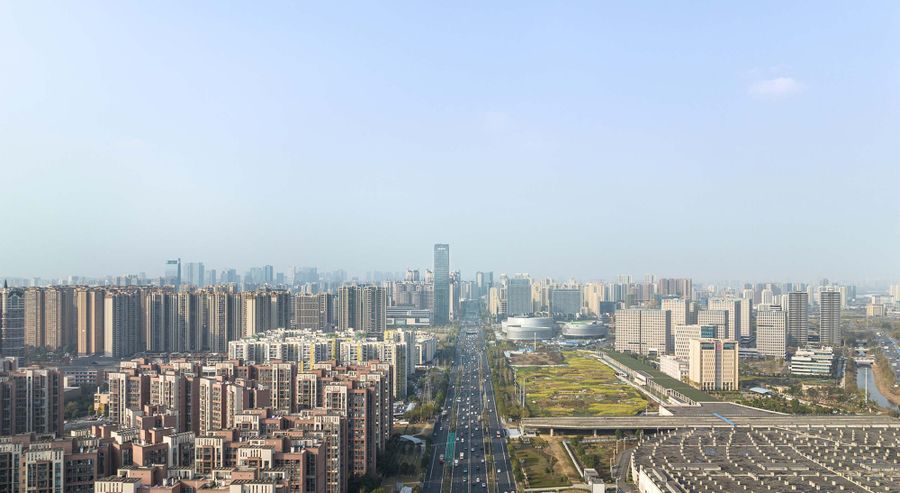
Oppo Technology & Research Centre Tower
ARCHITECTS
Gianni Botsford Architects, Rjwu & Partner
M&E CONSULTANT
Zhejiang Huazhou Design Engineering Consulting Co. Ltd
CLIENT
Guangdong Oppo Mobile Telecommunications Corp., Ltd
PROJECT LEADER
Hiroshi Takeyama
DESIGN TEAM
Gianni Botsford, Anahi Copponex, James Eagle, Minghsuan Lo, Luigi Parise, Mike O’hanlon, Liz Tatarintseva, Hiroshi Takeyama, Luka Travas
STRUCTURE CONSULTANT
Zhejiang Huazhou Design Engineering Consulting Co. Ltd
INTERIOR CONSULTANT
B+h Consulting International Inc.
FAÇADE & SCHEME DESIGN
Ccat/ Large Architects
FAÇADE ENGINEERING & DESIGN
Inhabitgroup
LIGHTING CONSULTANT
Inhabitgroup
LANDSCAPE DESIGN
Belt Collins
DESIGN PRINCIPAL
Gianni Botsford
PHOTOGRAPHS
Shihao Xiao
AREA
68000 M²
YEAR
2023
LOCATION
Chengdu, China
CATEGORY
Institutional Buildings
Won in competition in 2014, the new 42-storey Oppo Technology & Research Centre Tower for Chinese mobile phone manufacturer Oppo was designed by Gianni Botsford Architects in the UK, in collaboration with RJWu & Partners in Taiwan.
The new tower sits at the center of the new Singapore Sichuan Hi-Tech Innovation Park to the South of Chengdu and aims to be a focal point of the masterplan overlooking the new park.
Chengdu, the capital of Sichuan Province, is the fifth largest city in China with an urban population of over 15 million.
Housing up to 5,000 engineers and support staff, the regional headquarters for research encourages staff to come together by providing an inspiring place to work that promotes cross-fertilization of ideas allowing staff to interact and learn from each other.
The tower is interspersed with areas for independent work, relaxation, training, galleries, food, and views out to the park and city.
By introducing directionality within the masterplan, a vertical tower integrates with the surrounding horizontal low-rise buildings to introduce a relationship that provides focus & legibility.
Conceived as a vertical village, the tower is punctuated with voids and varying floor heights to promote collaboration, creating alternative circulation routes and places of interaction.
The design breaks down the large volume of the tower into smaller volumes that relate better to the human scale; these volumes are shifted both horizontally and vertically to achieve diversity in plan and skyline and ensure unusually high levels of daylight are achieved for all users, with a typical floor plan benefiting from a series of ‘rooms with a view’ staggered around the perimeter. Self-similarity was used in applying the same shifting logic to the façade, which not only creates a dynamic and filigree effect but also responds to the planning regulation of achieving a 30 percent solid façade for all the new high-rise buildings.
Each of the vertical volumes of the tower is designed with the intention to visually dissolve into the sky as they are topped with a triple-height ‘lantern’ space which provides openness and daylight to the connecting floors.







































































